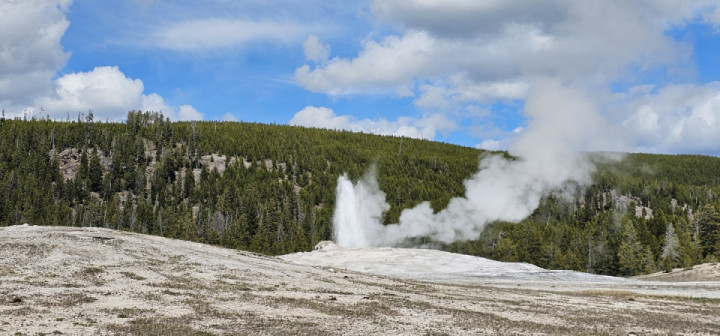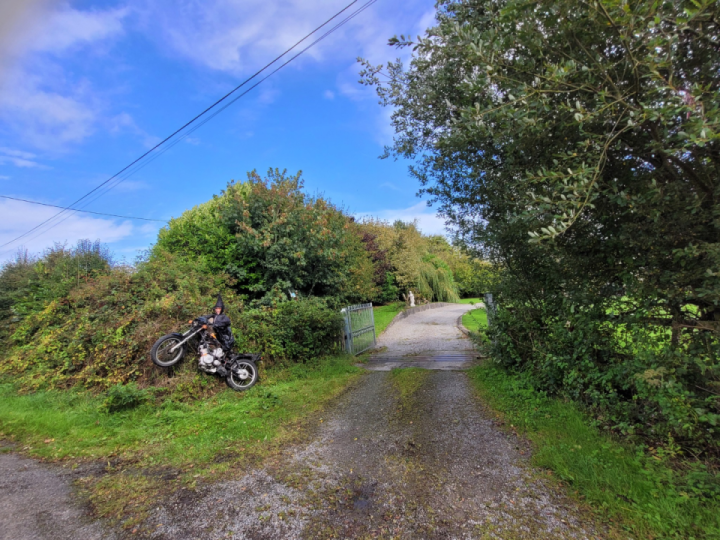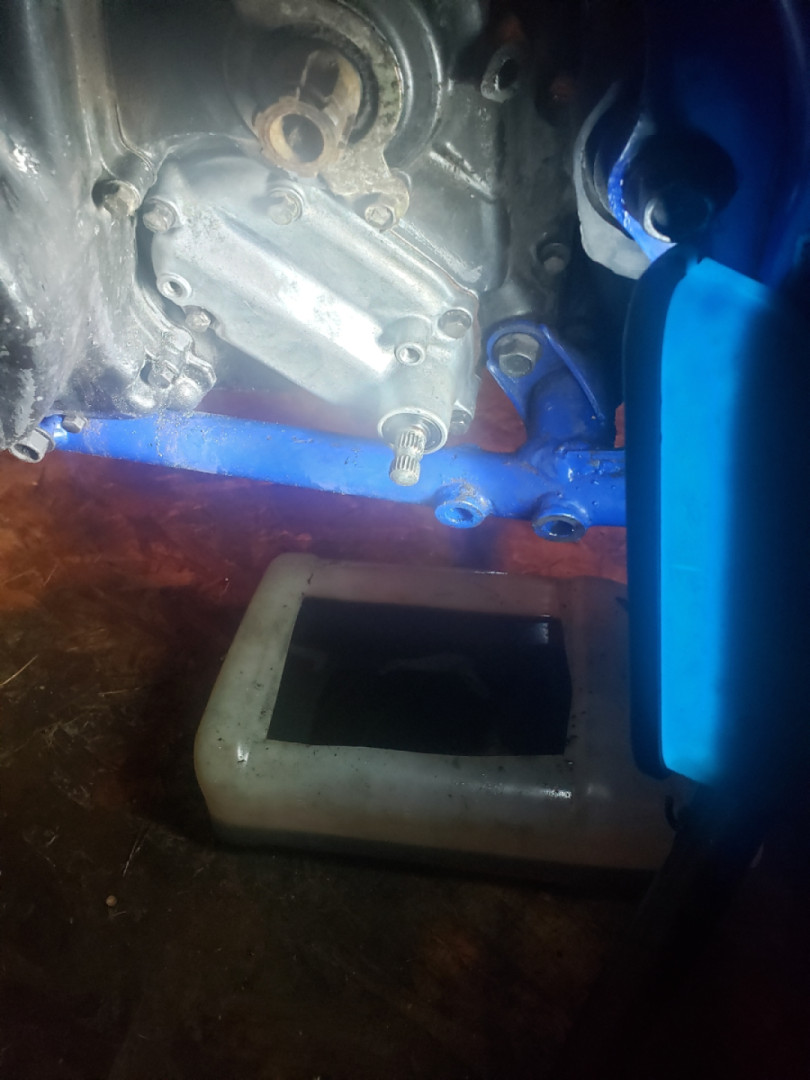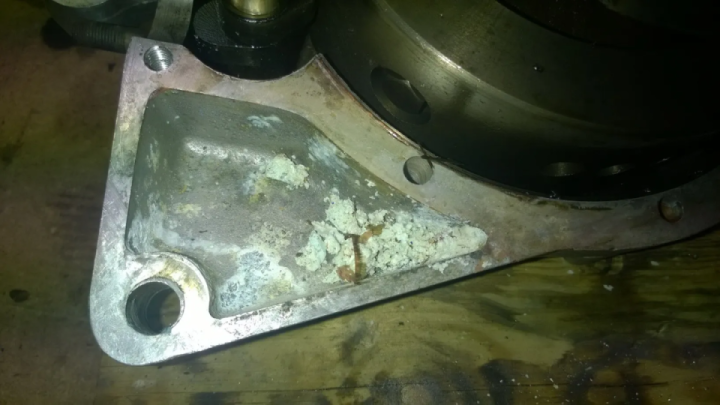Some Electrics
Started on some of the electrics, among other things.
This and many other Triumphs use separate ignition systems for each cylinder--separate points, condensers and coils. This obviates the need for a high voltage distributor.
Cleaned up and tested the coils and plated the brackets and hardware: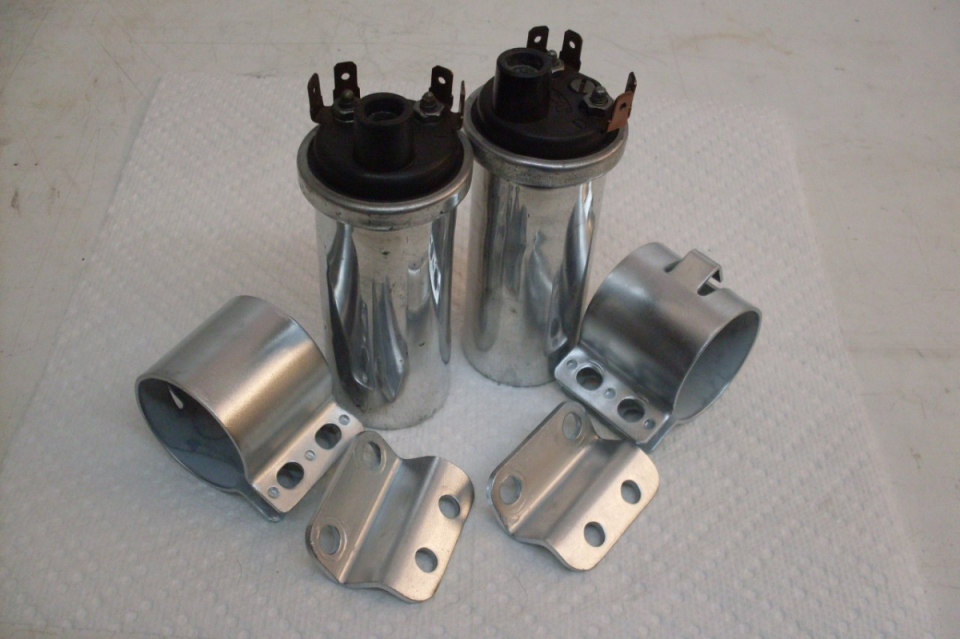
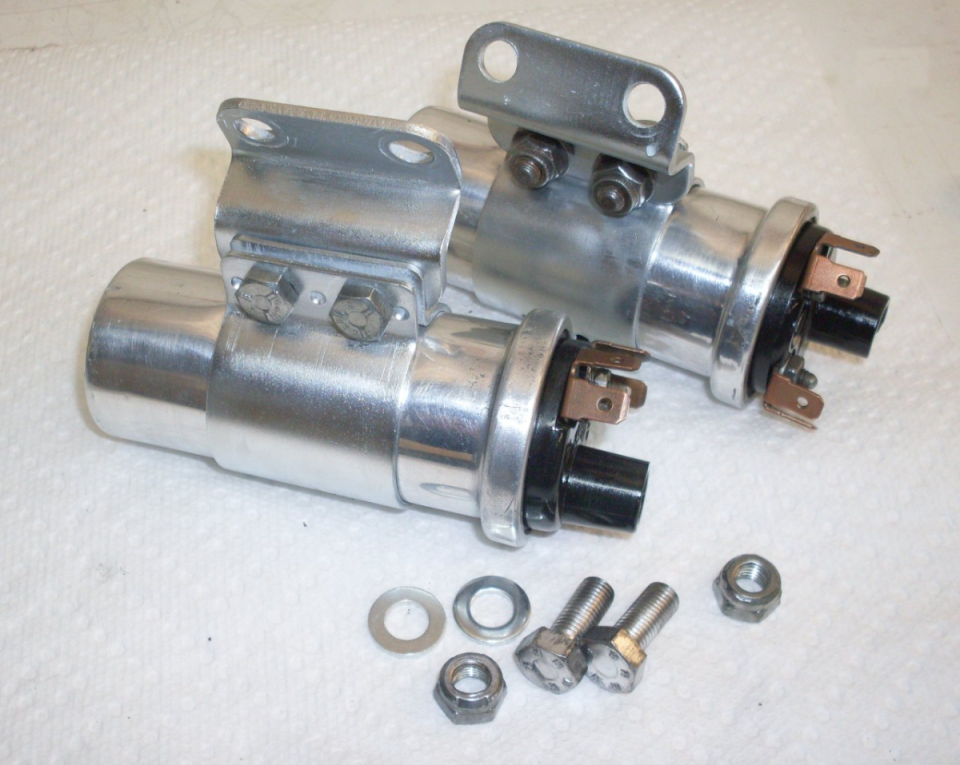
Ditto for the condenser assembly: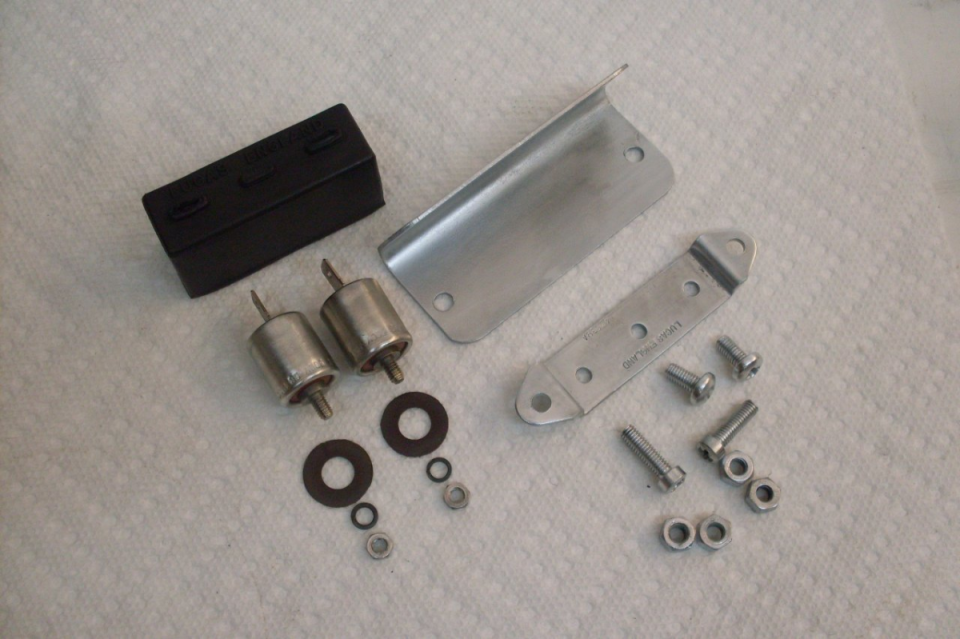
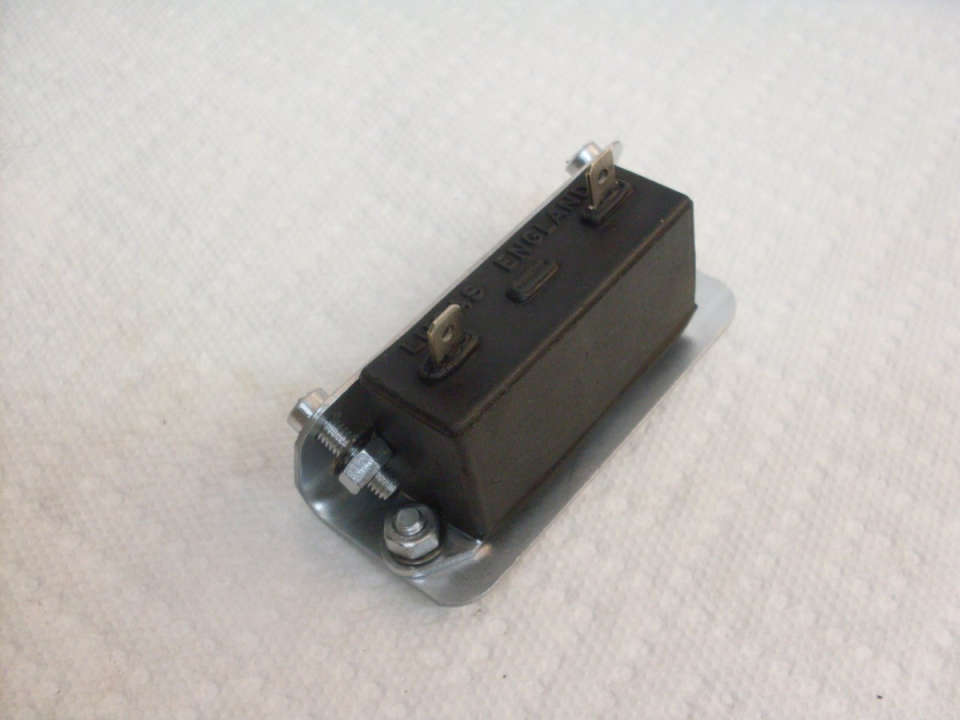
Many triumphs like this one use a zener diode as a "shunt" voltage regulator. A zener is installed with its polarity opposite that of a normal diode. Therefore it blocks current flow at low voltages. Above a certain voltage specified for each zener, the diode breaks down and begins conducting, maintaining roughly the nominal zener voltage across the diode. The extra current through the diode loads the generator so that its voltage drops to match. This approach is pretty inefficient, but its simple and cheap.
The diode has to somehow dissipate the heat generated by the current through it so that it doesn't fry itself. That's what the finned egg is for. It is a heat sink that exposes a lot of surface area to the air for the heat to escape easily. To work most efficiently there needs to be good thermal contact between the diode and the heat sink. This means removing paint and using heat sink compound.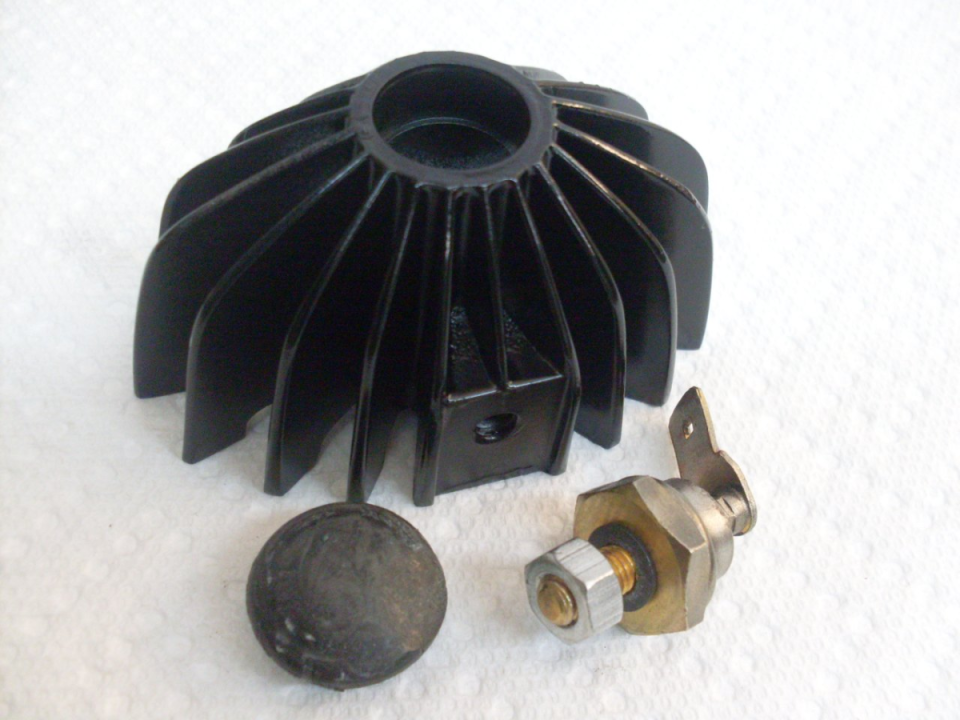
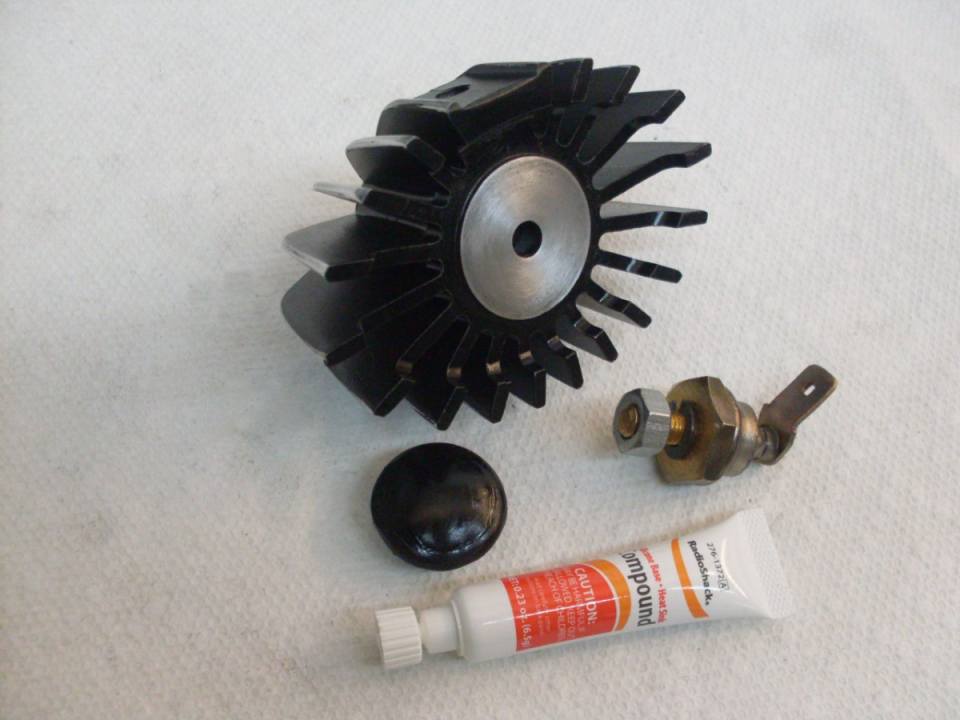
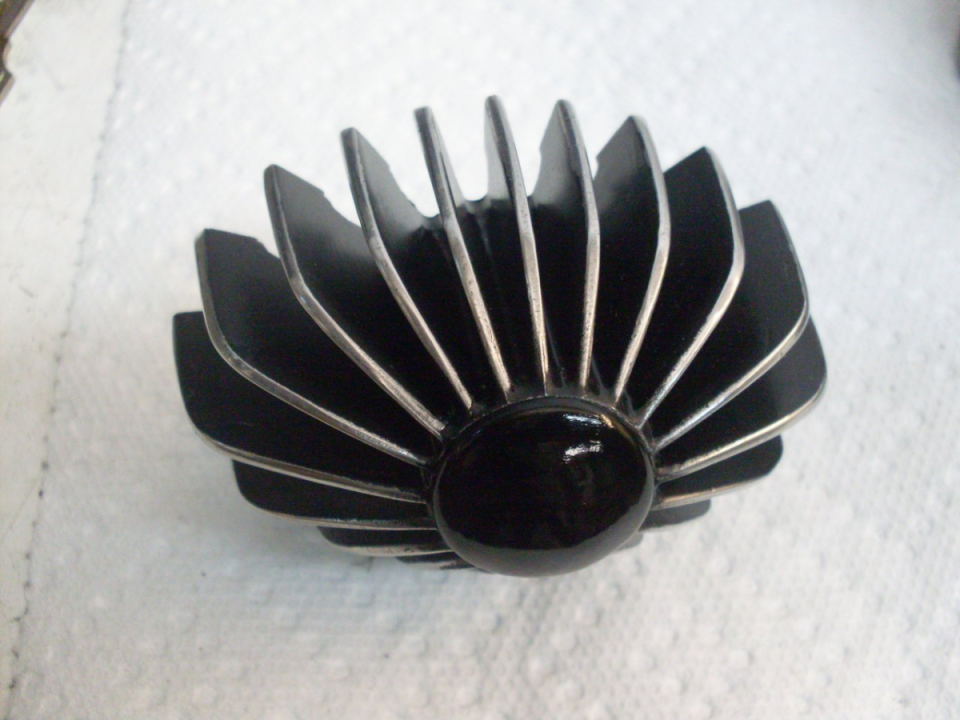
The Lucas handlebar switch clusters can be problematic. Their innards aren't very well protected from the weather. I don't think internal parts are available anywhere, so you have to get inventive if there are problems. Spiffing up the switch housing is the easy part:
Here are all the internal parts. This is the Hi-Lo beam side, and the actual contact assembly was in pretty good shape. The other side is going to need some more attention. 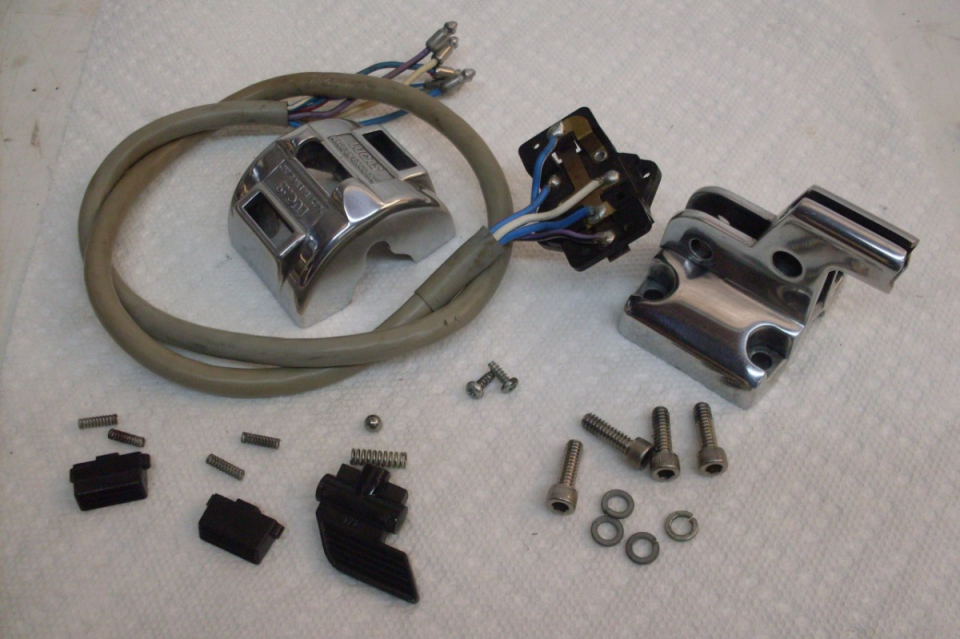
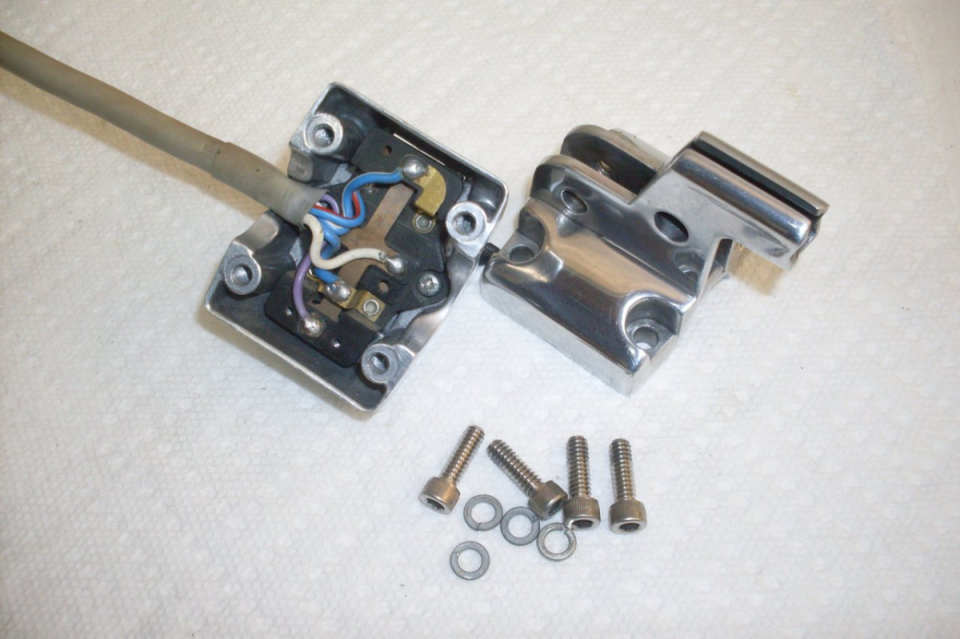
Final assembly: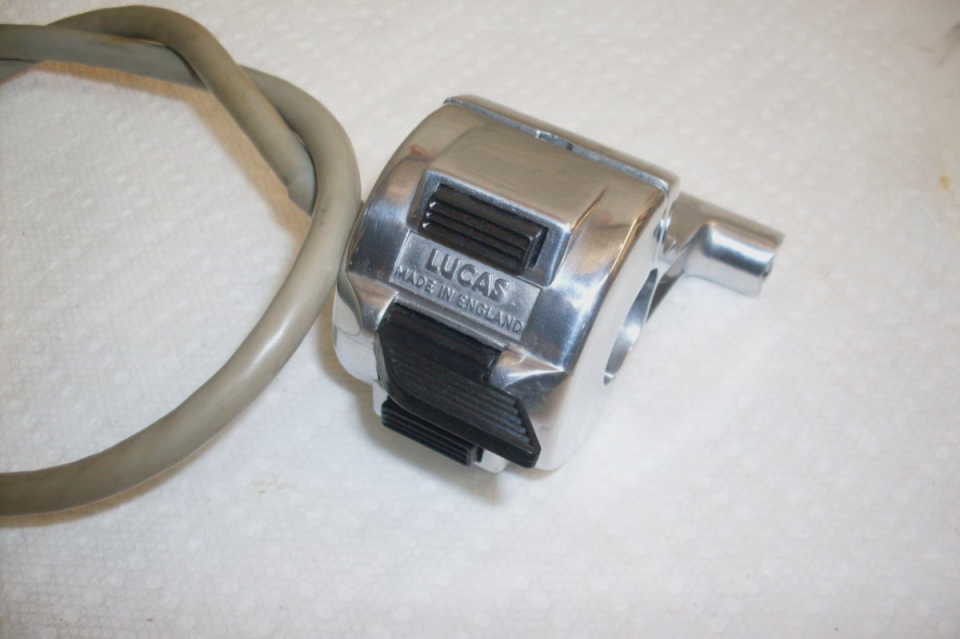
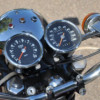
 Follow
1.2K
Follow
1.2K




